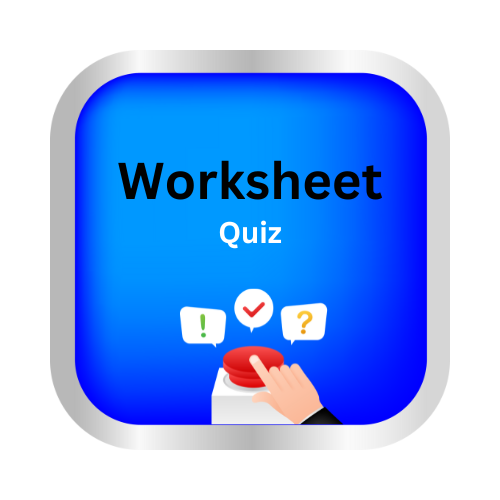Fire
fire by Delta publications
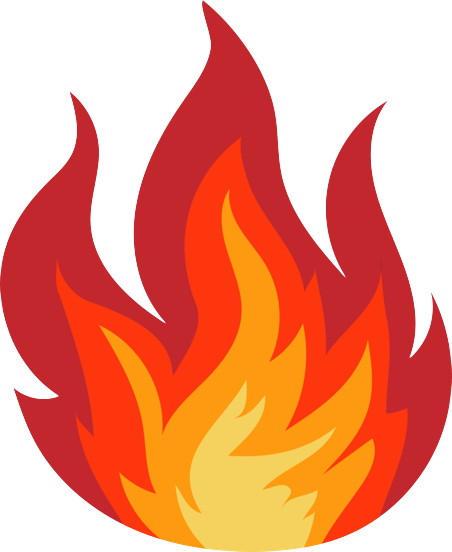
Key Notes:
Definition of Fire:
Fire is a chemical reaction called combustion. It occurs when a substance combines with oxygen and releases heat and light.
Elements of Fire:

- Fuel: A material that can burn (e.g., wood, paper).
- Oxygen: Essential for the fire to continue burning.
- Heat: A source of heat (like a match or lighter) is needed to start the fire.
Types of Fires:
- Natural fires: Caused by natural events such as lightning.
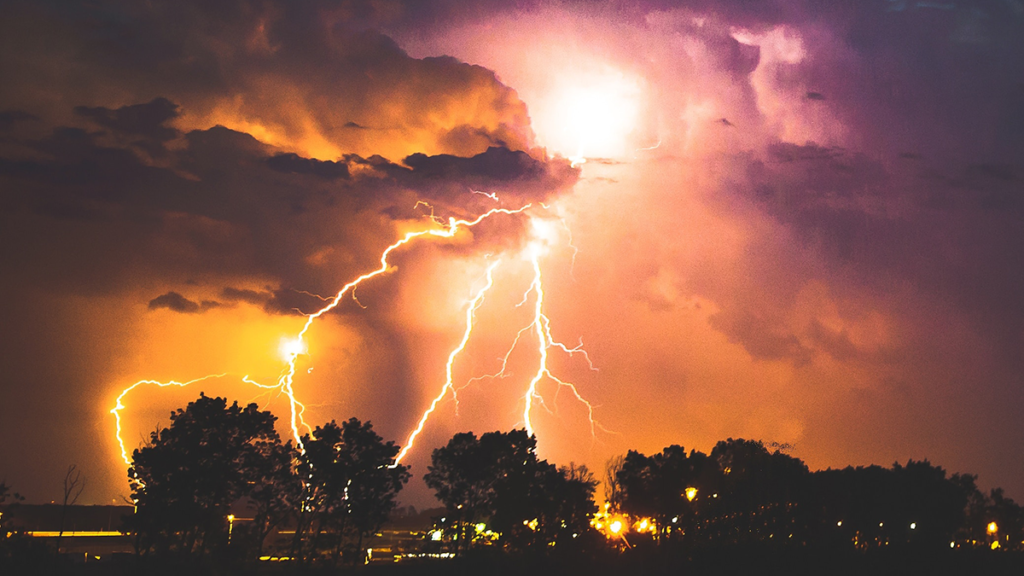
- Human-made fires: Started intentionally or accidentally by humans (e.g., campfires, cooking).
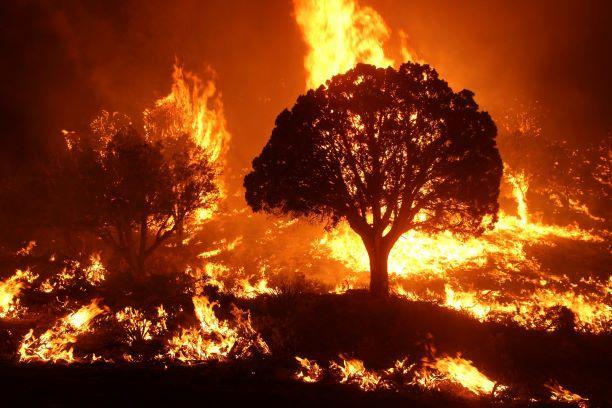
Uses of Fire:
- Cooking food.

- Providing warmth (in fireplaces or campsites).
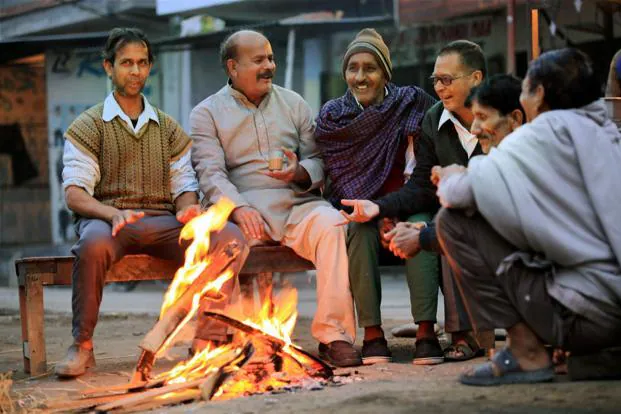
- Generating light before electric lights were common.
- Industrial use (in factories or for metalwork).

Dangers of Fire:
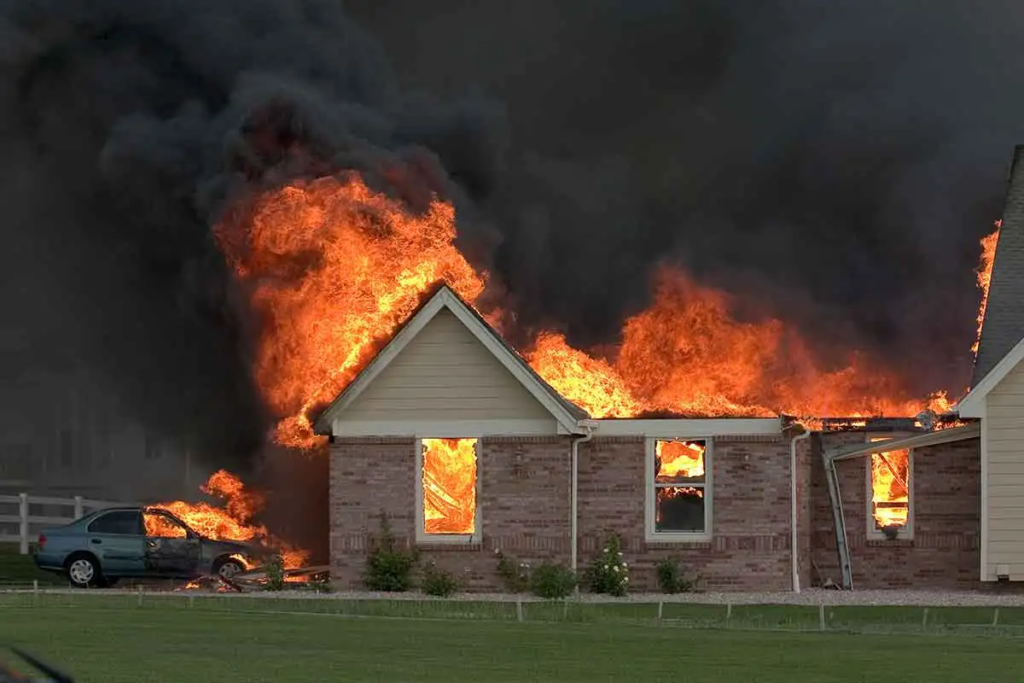
- Fire can spread quickly and cause destruction.
- It produces smoke and gases that can be harmful to breathe.
- Uncontrolled fire (wildfires or house fires) can damage property and harm people.
Fire Safety:
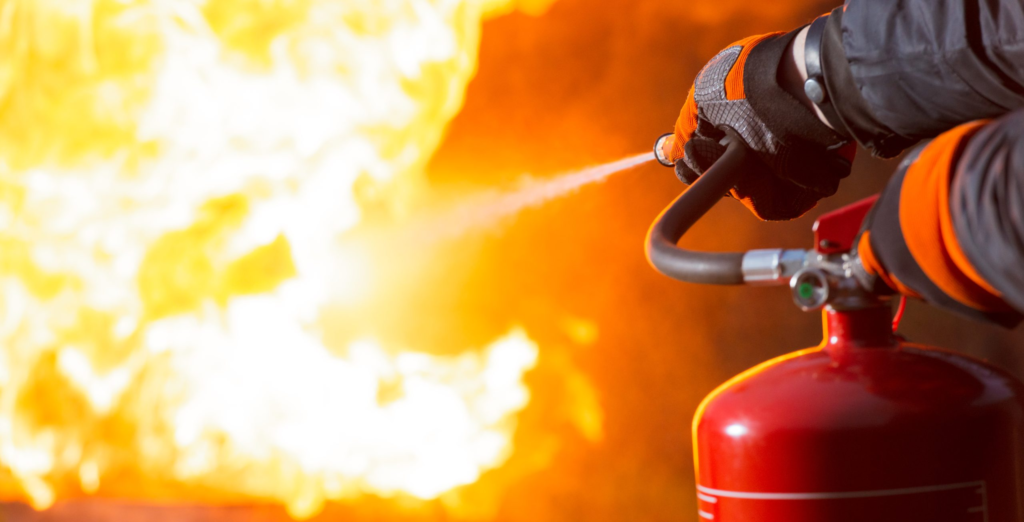
- Never leave a fire unattended.
- Keep flammable materials (paper, fabrics) away from open flames.
- Use fire extinguishers to control small fires.
- Have smoke alarms and fire escape plans in homes.
Firefighting:
- Firefighters use water, foam, or other chemicals to put out fires.
- Different types of fires require different firefighting methods (e.g., water for wood fires, foam for oil fires).
The Fire Triangle:
The three elements that a fire needs to start and continue burning: heat, fuel, and oxygen. Removing one element can stop the fire.
Let’s practice!

